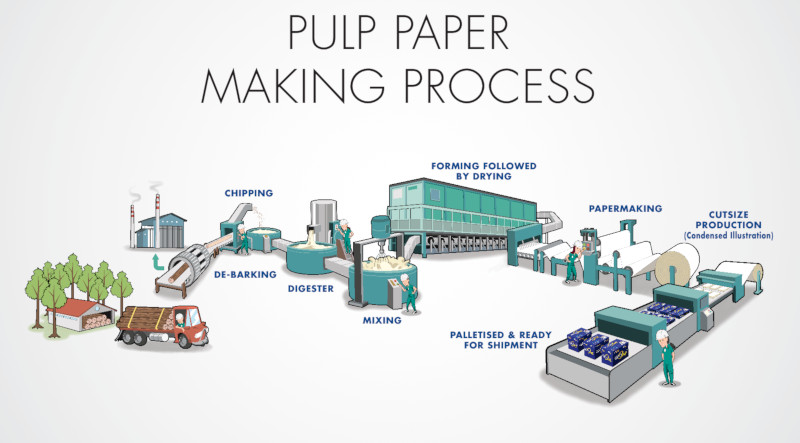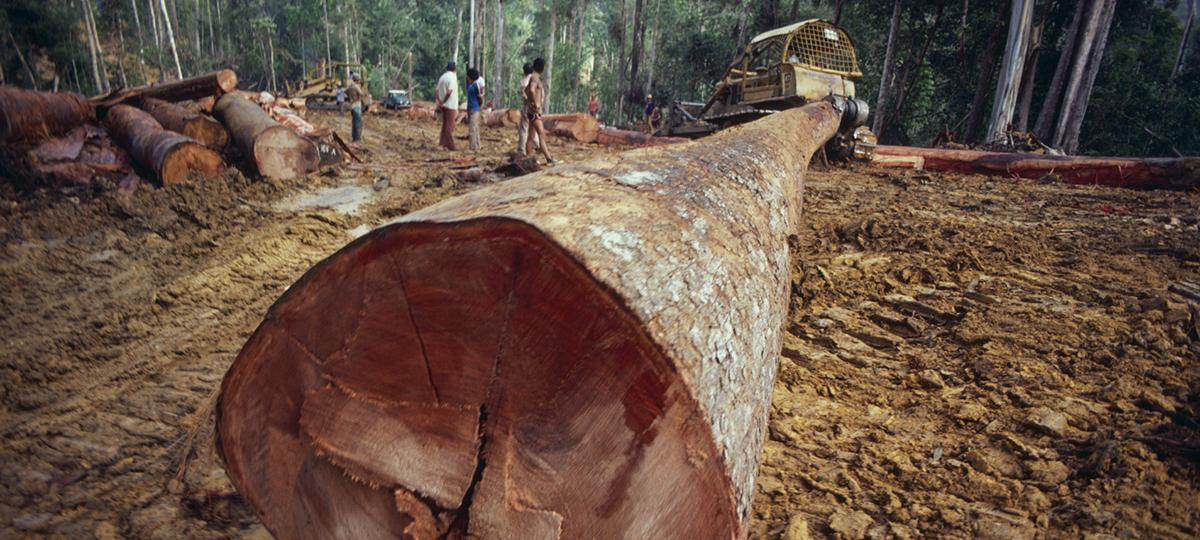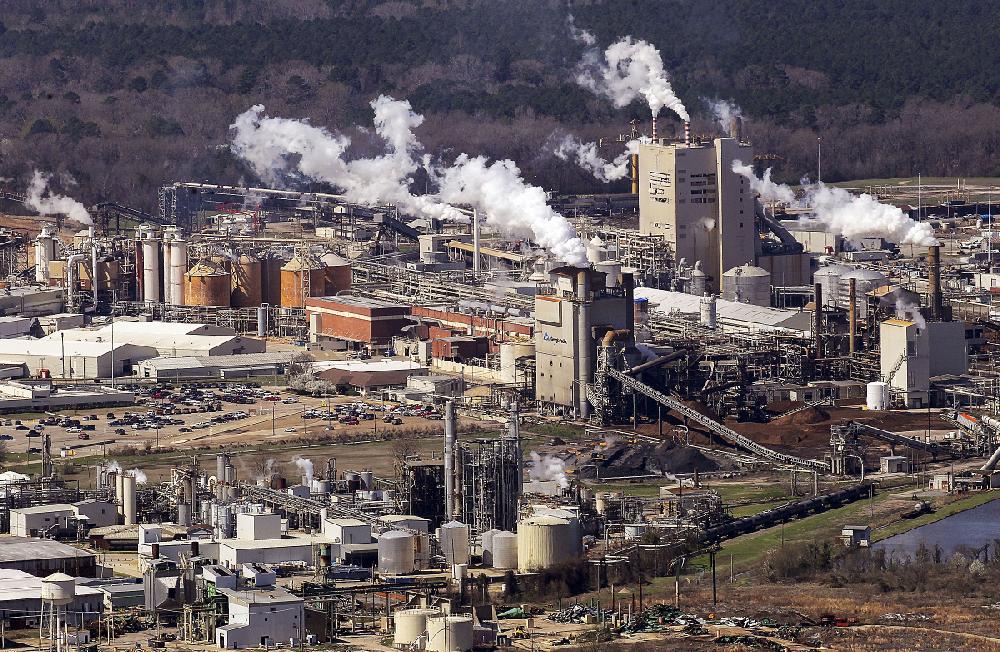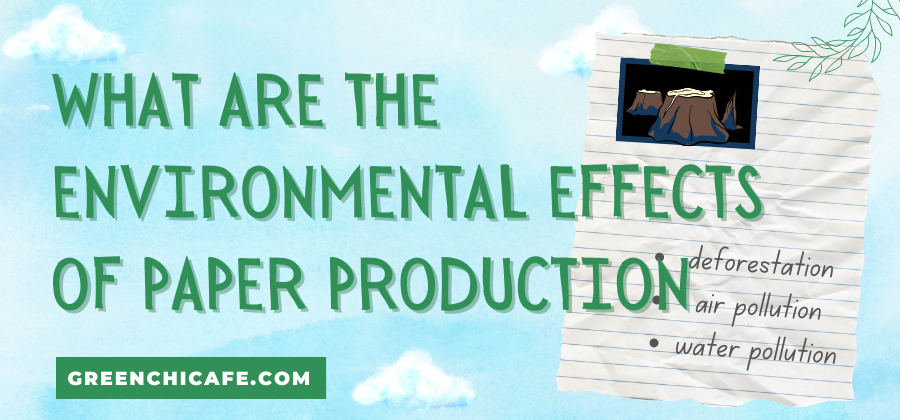Paper production impacts the environment in many concerning ways.
From polluting waterways to consuming vast amounts of energy, this industry contributes significantly to environmental issues.
Understanding the ecological effects of paper manufacturing provides insight into building a more sustainable future.
What Are the Environmental Effects of Paper Production?

The environmental effects of paper production are wide-ranging.
The paper industry contributes significantly to deforestation and habitat destruction from logging trees.
It is also a major source of air and water pollution, through emissions and wastewater discharge from pulp and paper mills.
Furthermore, paper production requires high energy use and emits greenhouse gases that contribute to climate change.
Discarded paper makes up a large percentage of waste in landfills.
Overall, paper manufacturing places heavy pressure on forests, energy, and water resources while generating substantial pollution that harms ecosystems and the climate.
Key Points
- Paper production causes deforestation and habitat loss from unsustainable logging practices
- Paper mills generate significant water and air pollution through their emissions and wastewater discharge
- The paper industry has high energy consumption and greenhouse gas emissions, contributing to climate change
Our Opinion
In my expert opinion, the scale of paper production and consumption today has severe environmental consequences that cannot be ignored.
The pulp and paper industry needs to undergo fundamental changes to reduce its ecological footprint through improved technology, switching to alternative fibers like agricultural residues, enforcing strict emissions standards, increasing recycled content, and encouraging responsible paper usage.
While incremental improvements in sustainability are being made, the underlying dependence on virgin tree fiber and the massive pollution generated makes paper production inherently detrimental to ecosystems and the climate.
Deforestation From Paper Production

Paper production requires a staggering amount of trees.
The paper industry is the single largest consumer of wood worldwide.
To meet demand, millions of trees are cut down each year, often from old-growth forests.
This leads to deforestation and habitat loss for many species.
In the United States, paper manufacturing utilizes over 24% of harvested trees. Paper production accounts for about 35% of felled trees globally. As paper use rises, even more forests need to be cleared. This deforestation impacts biodiversity, water cycles, soil health, and climate change.
Some key facts:
- Making one ton of paper uses over 20 trees
- Paper production is the largest driver of deforestation, using 40% of all industrial wood
- Pulpwood plantations often replace diverse natural forests
Deforestation from paper manufacturing is an immense threat to ecosystems worldwide. As you use paper, consider the origins and the trees lost. Seek out recycled and sustainably sourced paper products to lessen the impact on our forests.
Water Pollution From Pulp and Paper Mills
Pulp and paper production generates extremely contaminated wastewater. The pulp manufacturing process releases pollutants like chlorine, chloride, sodium hydroxide, sulfur, nitrates, carboxylic acids, and dissolved solids into waterways. This creates both environmental and human health hazards.
Polluted wastewater from paper mills has many damaging effects:
- It depletes oxygen levels required by aquatic life.
- It increases water acidity harming fish and organisms.
- It releases carcinogenic compounds linked to cancer.
Studies show pulp mill pollution can increase risks of respiratory, cardiovascular, gastrointestinal, neurological, and kidney problems in nearby communities. The toxins bioaccumulate up the food chain endangering wildlife and human health.
Though regulations have reduced impacts, pulp and paper wastewater continue to rank among the worst industrial pollutants. Improved wastewater treatment, process changes, pollution prevention, and oversight are still needed to address this issue.
Air Pollution From Paper Manufacturing

Paper production also creates substantial air pollution. Key air pollutants from paper mills include nitrogen oxides, sulfur oxides, carbon oxides, volatile organic compounds, particulate matter, chlorine, and numerous hazardous air pollutants.
Major sources of these emissions include:
- Burning fuels for energy
- Chemical pulping processes
- Evaporation of contaminants during paper drying
Air pollutants contribute to ozone smog, acid rain, respiratory illnesses, cancer, and climate change. People living near mills face elevated health risks from exposure. Air emissions also damage forests, crops, and infrastructure.
Stricter regulations, pollution control technologies, process changes, mill modernization, and oversight have reduced emissions. However additional improvements are still needed to further curtail air pollution from paper manufacturing.
Solid Waste Generation in the Paper Industry
The paper industry generates massive amounts of solid waste. This includes wastewater treatment sludge, boiler and furnace ash, scrap and broken, wood waste, and landfilled office and cafeteria waste.
Key facts about paper industry solid waste:
- Paper mills generate up to 50% of their weight in residuals.
- Over 7 million tons of waste are landfilled annually from paper mills in the United States alone.
- Landfills contain high levels of lignin and other organic compounds, toxic inks, heavy metals, chlorinated compounds, and nitrates.
- Paper sludge is often incinerated, producing air emissions or ash residues.
Problematic landfill leachates and incineration by-products can contaminate soil, groundwater, and ecosystems. Sustainable waste management practices are crucial for reducing the industry’s environmental footprint.
High Energy Consumption of Paper Mills
Paper production is an energy-intensive process that requires significant electricity and heat. This leads to high greenhouse gas emissions from paper mills.
Some key facts on the energy use of paper mills:
- The pulp and paper industry is the fourth largest industrial energy consumer worldwide.
- Mills require heat for digesting wood chips, evaporating water, and drying paper.
- Electricity powers motors, pumps, fans, and machine drives.
- Energy costs account for up to 25% of total production costs.
- Fossil fuels provide over 75% of the energy used in paper mills.
Improving energy efficiency through cogeneration, waste heat recovery, and renewable energy can reduce costs and environmental impacts. However, the industry must also pursue long-term strategies like lighter-based weight paper and increased recycling to curb energy demand.
FAQ
What Are the 5 Main Ways That Paper Harms the Environment?
Deforestation and habitat loss from logging trees to make paper. Air pollution from emissions released during paper production. Water pollution from wastewater discharge containing chemicals and fibers. High energy consumption for manufacturing processes. Solid waste from discarded paper fills up landfills
How Is Paper a Disadvantage to the Environment?
Paper production requires cutting down trees, which leads to deforestation and habitat destruction. The manufacturing process uses up large amounts of water and energy while emitting air pollutants. Paper mills discharge wastewater containing toxic chemicals into waterways, polluting vital water sources. Discarded paper makes up a significant portion of municipal solid waste.
What Is the Environmental Sustainability of the Paper Industry?
The paper industry has a poor environmental sustainability record due to its resource-intensive production methods and high pollution outputs. Most paper is made from virgin tree fiber obtained through unsustainable logging, which destroys forests. Paper mills use up vast amounts of water and account for over 10% of manufacturing energy use worldwide. The industry is a major emitter of greenhouse gases contributing to climate change. Efforts to improve sustainability include tree farming, recycling, and technology upgrades to reduce water, energy, and pollution. However, the scale of consumption and waste makes it very challenging for paper production to become environmentally sustainable.
Conclusion
Paper production has major detrimental environmental effects, including deforestation, habitat destruction, air and water pollution, and greenhouse gas emissions. The pulp and paper industry is a leading cause of forest loss as it requires extensive logging to obtain fiber for paper. The manufacturing process consumes immense amounts of water and energy while discharging pollutants that contaminate air and waterways. Paper waste accounts for a substantial portion of municipal solid waste. The scale of paper consumption and its resource-intensive production methods make paper a significant contributor to environmental problems globally. Improved recycling and sustainability practices can help mitigate some impacts, but fundamental changes in paper usage and manufacturing are needed to reduce its heavy ecological footprint.
